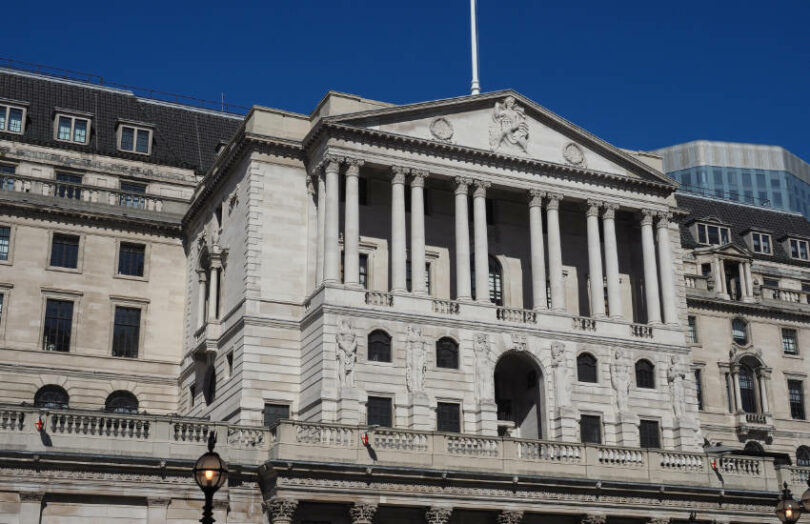In normal times, the risk of disintermediation from introducing a central bank digital currency (CBDC) “may be overstated”, according to Carolyn Wilkins, an external member of the Financial Policy Committee at the Bank of England. However, “the concern is real when it comes to times of stress,” she said. Many people are worried about CBDCs’ impact on banks (particularly smaller ones) and the possibility of massive deposit flights during crises. So what can central bankers do about it?
Concerns about CBDCs
Speaking at the OMFIF Digital Money Symposium, Ms. Wilkins honed in on some of the familiar concerns around CBDCs. “There are understandably worries about ‘mission creep’,” she noted, dispelling exaggerated warnings related to privacy, programmability, and monetary policy.
Yet the senior economist says central bankers should keep financial stability risks in mind when thinking about the economic and technical design of a CBDC, particularly around the possibility of bank disintermediation. “Runs against different forms of money are likely to continue to happen, and they could become worse as technology evolves,” she argues. The recent fall of SVB bank is a case in point.
Ms. Wilkins’ concern is not so much that CBDCs themselves could cause a run, as these are usually triggered by a loss of confidence due to problems with the bank itself or contagion from worried depositors. Instead, “the concern is how the run unfolds, and whether or not the CBDC and accompanying policies, including bank liquidity regulations, will be stabilizing forces.”
Liquidity facilities
“It may be that you may need to change the nature of your liquidity facilities in the context of a central bank digital currency,” said Ms. Wilkins. “Those liquidity facilities and other safeguards are needed whether you have a central bank digital currency or not.”
Any risks from having a CBDC should be addressed with safeguards and the policy framework (presumably including limiting holdings).
Potential benefits of a CBDC in a crisis
CBDCs could also play a positive role in times of crisis. For example, in response to a question, Ms. Wilkins acknowledged that they could become a sort of early warning sign to anticipate bank runs before they go out of control. Current indicators come from monitoring and the bank reporting challenges, but with the central bank receiving funds directly, it would raise the alarm earlier, helping them manage these scenarios more effectively.
She also made the point that the switch to CBDCs might not be just from bank deposits but also from money market funds, which have associated risks that have previously forced the central bank to step in. Money market funds have become a safe haven from recent runs.
“Those that believe money market funds have risks that are not perfectly managed through regulation, that (switch to CBDC) wouldn’t necessarily be a bad thing because there’s too much money flowing there given the risk,” said Ms. Wilkins.
In this sense, a more direct switch to a CBDC could be better, as it would avoid unnecessary bailouts.






